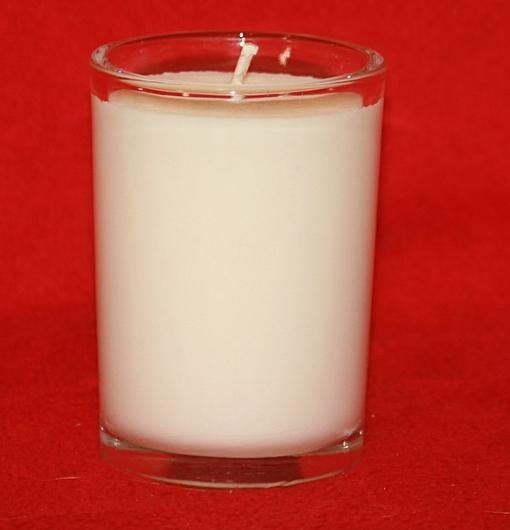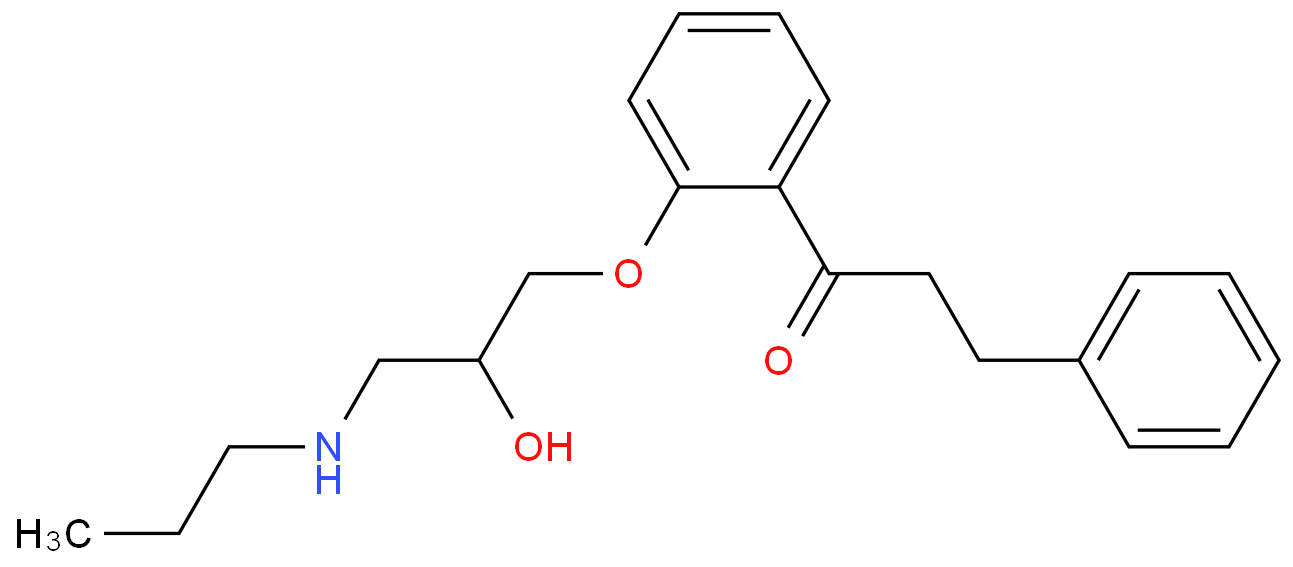 |
When making candles, it is important to choose the right wax material. Soy wax and Paraffin WAX each have their own unique features. Understanding the advantages and disadvantages of these two will help you make the best choice.
background:
Paraffin Wax in In 1830, it was invented for the first time by Carl Reichenbach in Germany for the first time, marking the major progress of candle production technology because it was cleaned, more reliable than avocado candles, and lower production costs. Essence Undainted, fragrant Paraffin Wax candle is odorless and blue and white. Soy candles are candles made of soybean waxes. Soybean wax is a processing form of soybean oil. They are usually container candles, because the melting point of soybean wax is usually lower than that of traditional wax, but if some additives are mixed into soybean waxes, cylindrical candles can also be made. The picture below shows Soy candles:

In most combinations, soy waxes are usually softer than Paraffin WAX and lower melting temperature. However, additives can increase the melting point to the typical temperature of the Paraffin WAX -based candle. The range of melting points is 49 to 82 degrees Celsius (130 to 150), depending on the mixture. The scent and smell of soybean candles are slightly less than the Paraffin Wax candle. Generally, Paraffin WAX is added to make a "soybean mixture", which can emit a better fragrance, and it works better under hot weather conditions. Compared with Paraffin WAX, soy waxes are usually called high -quality waxes, but in fact, the two waxes are very small in terms of the amount of ash produced and released. The low melting point means that in the temperate area, the burning temperature of the candle is lower and the life span is longer.
1. Comparison of soybean wax and Paraffin WAX features
( 1) Big bean wax
This plant wax originated from soybean oil and is a renewable resource. Soya wax is cleaned when burning, smoke -free and non -toxic, and has a long burning time. Its natural nature makes it the first choice of environmentally friendly candle raw materials for many consumers. Because soybean wax usually does not contain additives and dyes, the smell produces less during combustion, and it is more suitable for people with sensitive air quality.
(
Paraffin WAX is non -toxic, no harm to health, and not obvious response to stimuli under specific experimental conditions. Paraffin WAX has excellent waterproofing and can effectively resist water and other liquids. As a fuel, Paraffin WAX complies with the clean combustion criteria of federal regulations and usually shows a translucent state.
2. Which is better?
( 1) Which soybean wax and Paraffin Wax is more suitable for exuding fragrance?
From the perspective of the release effect of fragrance, Paraffin WAX can usually release the fragrance more strongly, because Paraffin WAX is lighter, the combustion is easier, and it can spread the aroma to the air faster. In contrast, soybean wax requires more calories to burn due to its high density, so the fragrance releases is slower.
( 2) Burning time: Is Paraffin WAX lasting longer than big bean wax?
From the perspective of combustion time, soybean wax has a long density. Generally, it has a longer burning time than Paraffin Wax, providing a more lasting experience.
( 3) Environmental impact: comparison of soybean wax and Paraffin Wax
When Paraffin Wax candle is burned, potential harmful substances such as a small amount of alkane and olefin may have a certain impact on indoor air quality. Although the amount of these substances is usually low, long -term exposure still needs to be paid attention to. In contrast, soybean wax, as a natural plant wax, has fewer harmful substances during the combustion process, and is considered to be more friendly to the environment. However, the production process of soybean wax also involves some environmental problems. Most soybeans in the United States are genetically modified varieties, and pesticides are widely used during planting. Although some soy wax manufacturers will deeply process soybean oil to remove genetic components and pesticide residues, not all products can meet this standard.
( 4) The amount of ash generated
hydrogenation soybean oil, candle manufacturer is called soybean wax, is a renewable and biodegradable alternative to the Paraffin WAX in candles. Karamatollah Rezaei et al. Research the tendency of soybean wax to produce smoke and mighty organic volatiles (acrylic, formaldehyde, and acetaldehyde) during the combustion process. Beeswax and Paraffin WAX candles are used as a reference. Paraffin WAX candle burning will produce a large amount of ash, but it is observed from soybeans and candles. Its ash is more as shown in the figure below:

Top: Better data is an indicator of gray ash for different types of candles under different air flow conditions. The result of the Paraffin WAX is 2 minutes, and the result of soybean wax and beeswax is 10 minutes. Bottom: Typical images of tobacco collected during the disturbance of wax: (A) Paraffin Wax (2 minutes), (B) big bean wax (10 minutes) and (C) beesy wax (10 minutes) candles. Soya wax and beeswax have been collected for a long time because there is no ash in 2 minutes.
3. Paraffin WAX alternative
Over the years, the Petrole Paraffin WAX has been used as the main component of candles. Volatile organic compounds and small particles are usually called ash, either discharged directly from the source materials during the combustion, or due to insufficient combustion of the Paraffin WAX. Paraffin Wax and beeswax are the most commonly used materials for candles, but some people like to use palm wax, big bean wax, bayberry wax, and various wax mixtures. Big bean wax, coconut wax and beesy chips are non -toxic high -quality choices.
4. Choose the right wax for you
These two waxes have their own unique advantages, and the specific choice depends on personal needs and preferences. Both Paraffin Wax and soybean wax are considered safe, but from the perspective of sustainability and naturalness, plant -based soybean waxs are undoubtedly more advantageous. If you want the candle to burn more thoroughly and emit a stronger aroma, Paraffin Wax may be more in line with your needs. And if you tend to choose a candle that is cleaned, derived from renewable resources, and has a long -lasting fragrance and a longer burning time, soybean wax is a more ideal choice.
refer to:
[1] https://en.wikipedia.org/wiki/soy_candle
[2] https://en.wikipedia.org/wiki/paraffin_wax
[3] https://baike.baidu.com/item/%E7%9F%B3%E8%9C%A1
[4] Rezaei K, Wang T, Johnson L A. Combustion Characteristics of Candles Made from Hydrogenated Soybean Oil [J]. Journal of the American Oil Chemists' Society, 7. 9: 803-808.
[5] https://www.britannica.com/sclence/paraffin_wax
 |